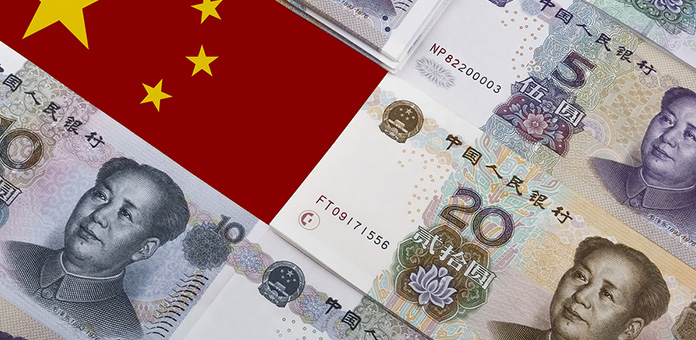
For all of history gold has played a central role in creating and destroying countries and empires. However, nearly eight decades ago, President Franklin Roosevelt ordered the U.S. off the gold standard, initiating a new role for gold in global economics.
The Failures of Fiat Money
Since that fateful day in June 5, 1933, the world financial system has continually evolved towards a reliance on paper currency backed only by a nation’s “full faith and credit.” The Bretton Woods Conference in 1944 established the IMF and the World Bank, ensconcing such currency as the basis of world trade and government finances. 1
Since that time, the world has seen a concerted effort to create a new market psychology that discounts the importance of gold as a reserve and foundation of economic stability. There has been a concerted effort to no longer look at gold as “money.” While the IMF expects governments to keep reserves in the range of 3 to 4 percent of their GDP, this is an unwritten and generally unrecognized reality.
This is a known fact, though some analysts and pundits move into the realm of conspiracy and dark speculation about gold and world markets. These include theories concerning the real levels of gold at Fort Knox and aggressive manipulation of world gold prices to make it easier to maintain “reasonable reserves” of gold.
China Appears to Be Playing the Long Game
As China has grown rapidly to become the world’s second largest economy, it has shown itself to be following an adept strategy to play more of a role in setting global economic policy. A significant part of that strategy relates to gold and its central bank reserves. China’s leaders have commented, in fact, that gold-backed currency is preferable to the current fiat currency. 2
A recent article by widely followed gold analyst Jim Rickards focuses on this strategy and takes a close look at whether or not China is secretly accumulating large amounts of gold. 3 Also, he explores the motivations behind such activity by the patient and long-range thinking Chinese.
In simple terms, China landed on an important square of the world economic board when it succeeded in having the yuan added to the IMF special drawing rights basket. This SDR step puts the nation a significant move closer to its long-term goal of gaining more voting power at the IMF. However, as Rickards points out, the nation must now add a significant amount of gold to its reserves before it is allowed to fully join the IMF club’s controlling nations.
In an appropriate metaphor, Rickards relates China’s requirement of adding more chips to its grubstake to play this global game of Texas Hold’em. Those are golden chips, adding enough gold to move its holdings well above its current .7 percent of GDP.
China’s Secret Gold Stash?
While it would be virtually impossible for China to buy enough gold to move to the 3 or 4 percent threshold, Rickards agrees with many that the country’s reserve bank has been secretly accumulating gold for years.
If the nation is, in fact, close to 4,000 tons it would take to match the relative levels of such countries as the U.S. and Russia, it would make its actions much more imperative. When and if the true holdings are made known, the impact on the dollar will be significant.
Back to Rickards, he and many others contend there has been an organized – albeit unannounced – effort to keep the price of gold low enough to allow China to meet this threshold of holdings without driving markets to their rightful prices. Gold buyers and investors will continue to evaluate the actions of the Chinese as a fundamental component of the price of this essential yellow metal.
Additional Sources
2 – https://www.thestreet.com/story/13199812/1/chinese-gold-standard-could-create-fireworks–bloomberg-intelligence.html
3 – http://dailyreckoning.com/chinas-hidden-plan-accumulate-gold/

